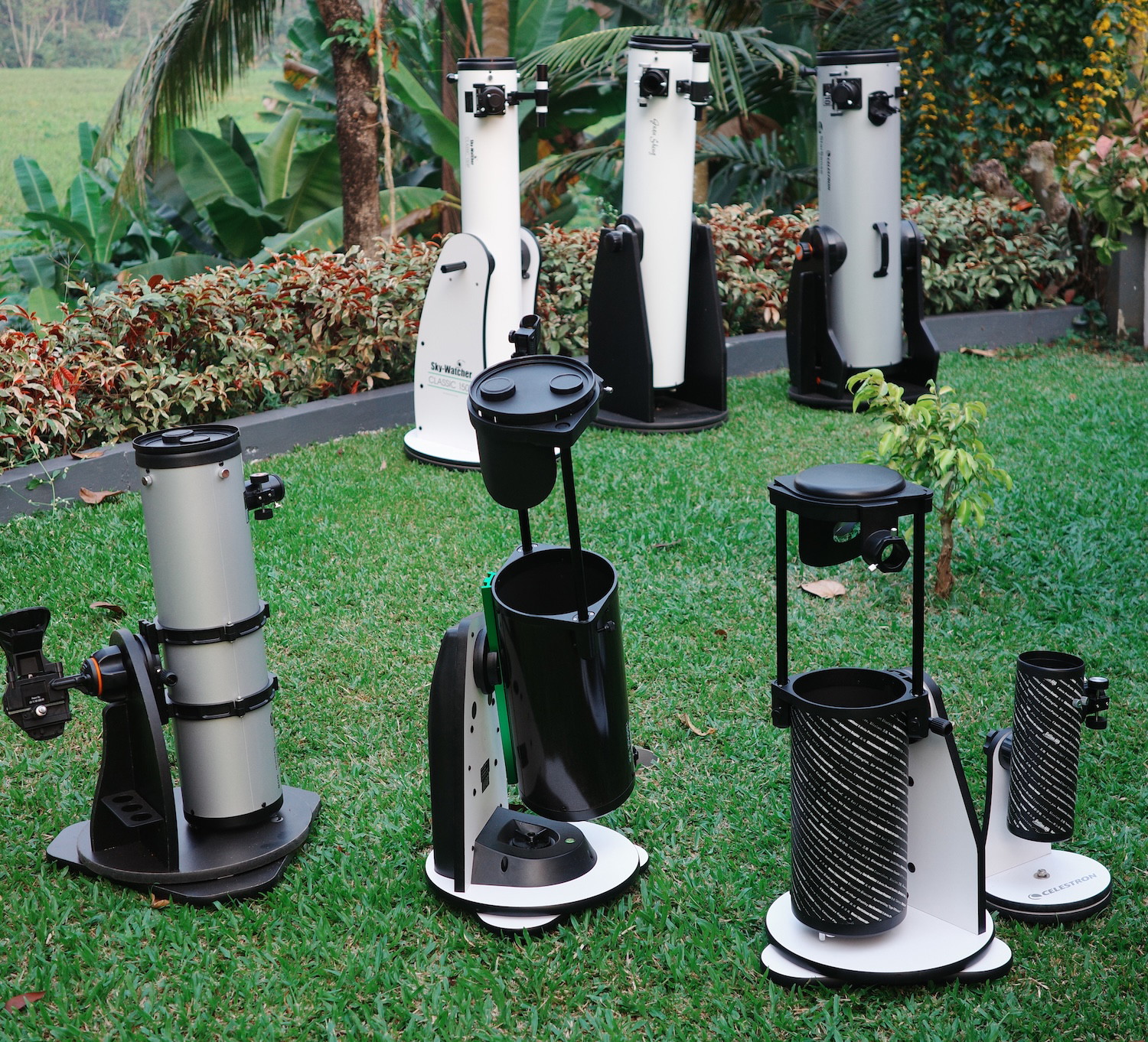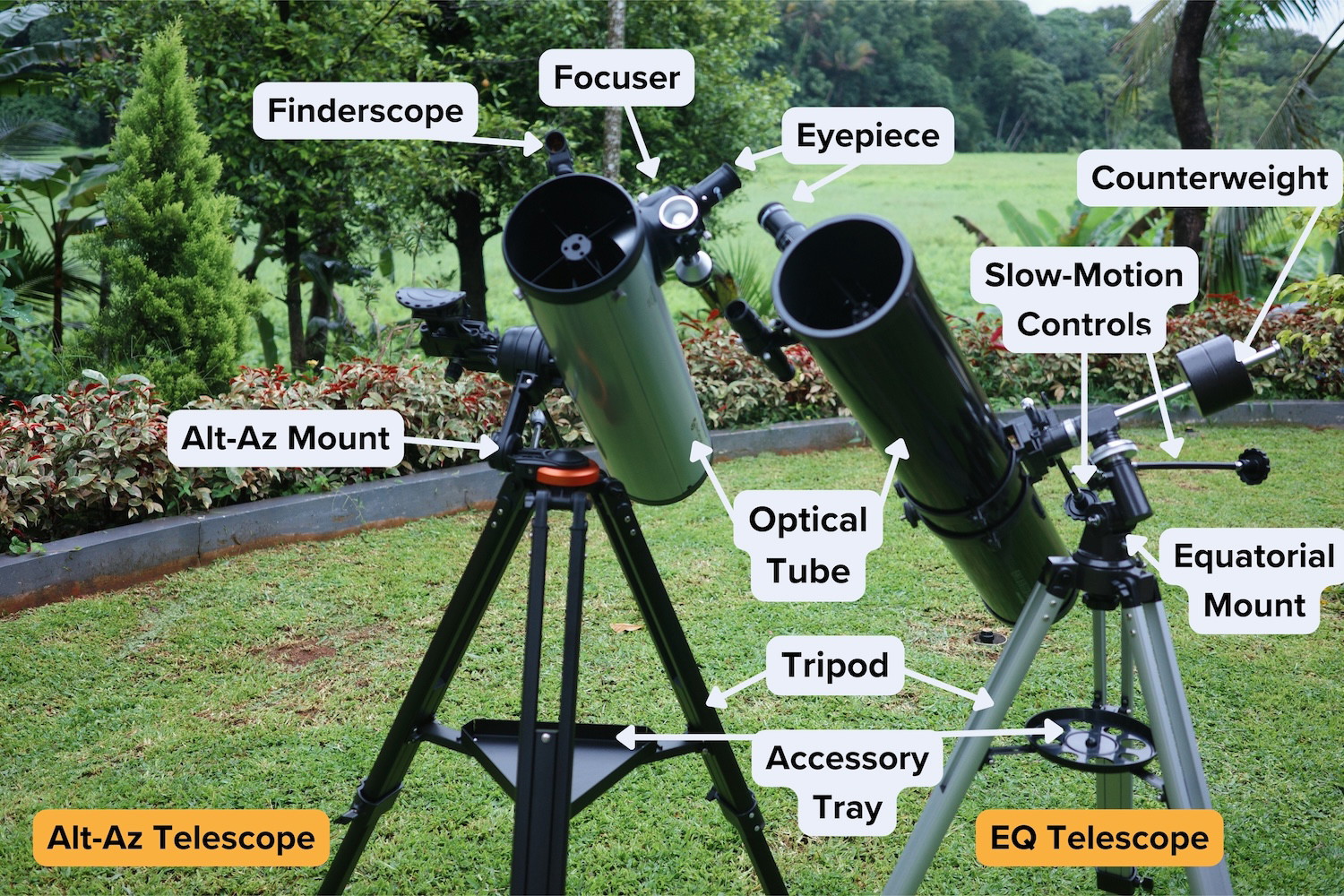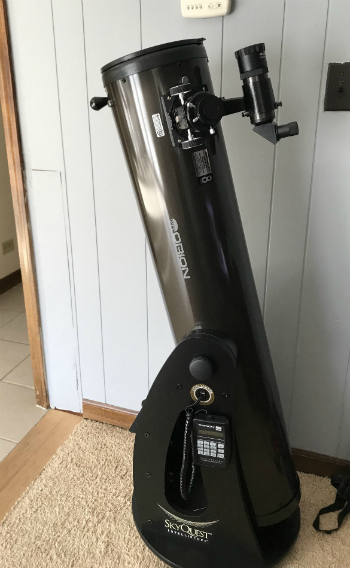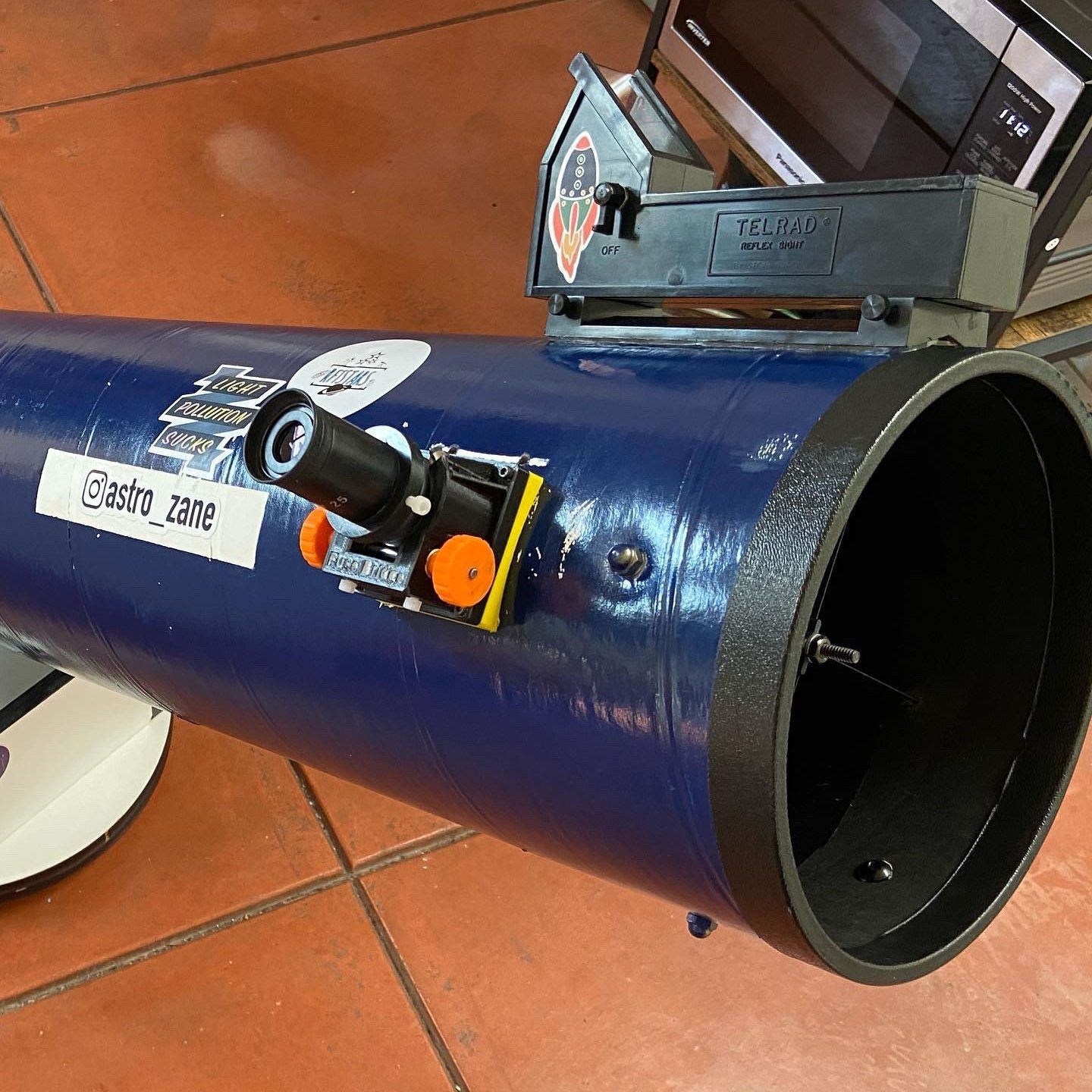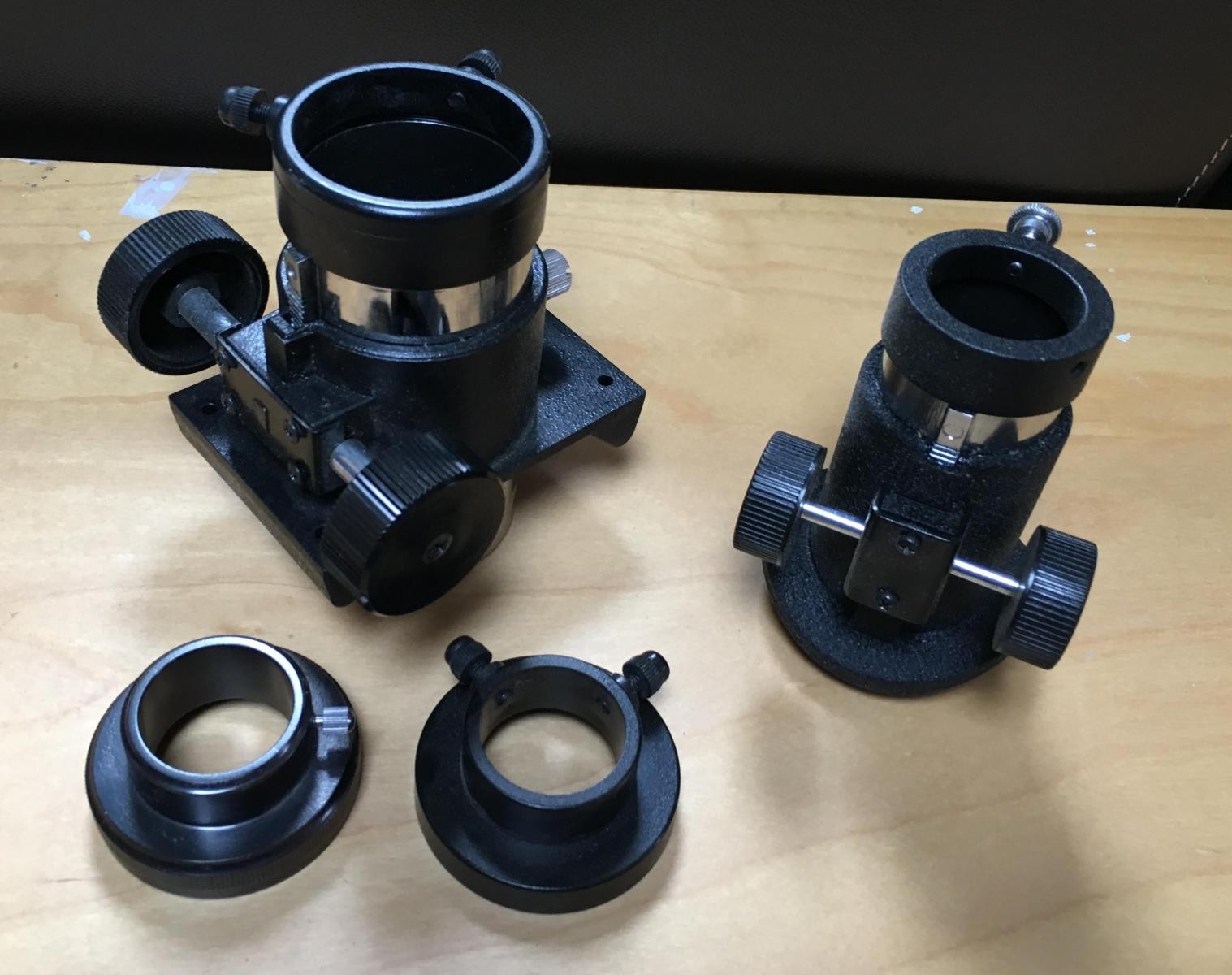Your Guide to Better Stargazing
Make the right choice with free, expert-driven, objective advices and telescope reviews that you can trust.
Explore Our Equipment Review Sections
Learn and Improve
Tips, tricks, and guides for your astronomy journey
WE’VE GOT YOUR BACK
TelescopicWatch is here to help
Real Experts. Real Opinions. No AI Text.
Our team of astronomy experts takes care of the homework, simplifying even the most difficult astronomy questions and making complicated terminologies simple to comprehend. Our team of astronomers has a combined experience of more than 3 decades in astronomy.
Helpful Tools.
We provide product comparisons, unbiased and up-to-date reviews, and ranking charts to help you narrow down the hundreds of astronomy equipment options.
Tailored Insights.
We give you unbiased advice on astronomy products so you can pick the one that best suits your needs, as well as tips on how to get the most out of your instrument.
Reasons to Trust Us
- We do a lot of due diligence in selecting the top astronomy products in each category.
- At least one of the experts’ team members has personally used all the astronomy products that we review, and they do testing and evaluations without any bias and do independent reviews. Typically, we will only review equipment that we have personally used for at least one or two nights of observing or imaging in some form.
- We also test the optics of most telescopes we get our hands on, either with Foucault/Ronchi, dual-pass autocollimation, or the star test, and our Editor-in-Chief, Zane, is building an interferometer in the future to get quantitative data on optical quality.
- We rank and rate the products, provide an explanation for our ratings, and award the products according to their merit.
Our Team of Experts
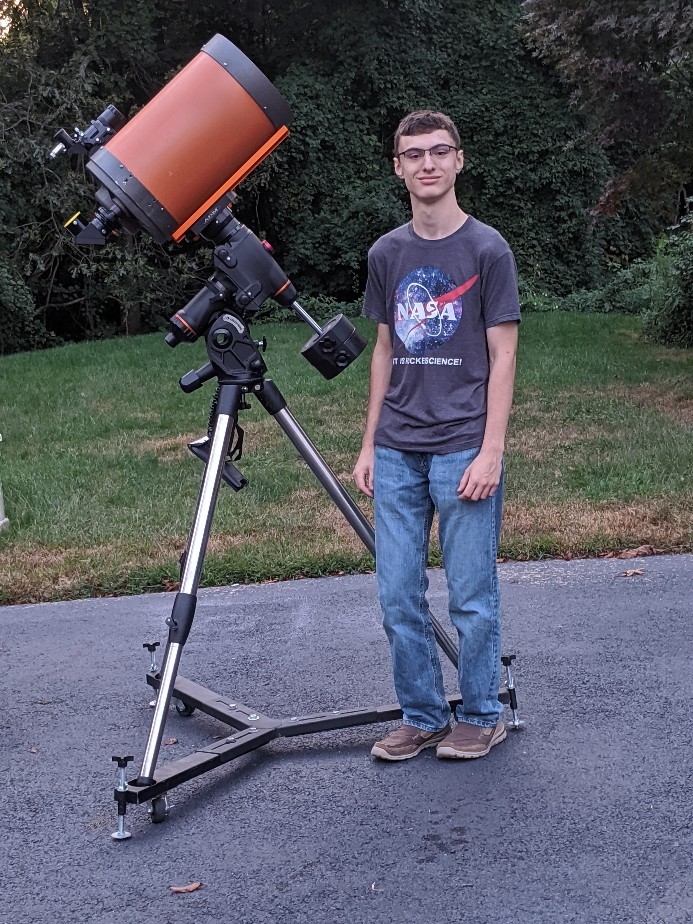
Zane Landers

Ed Anderson
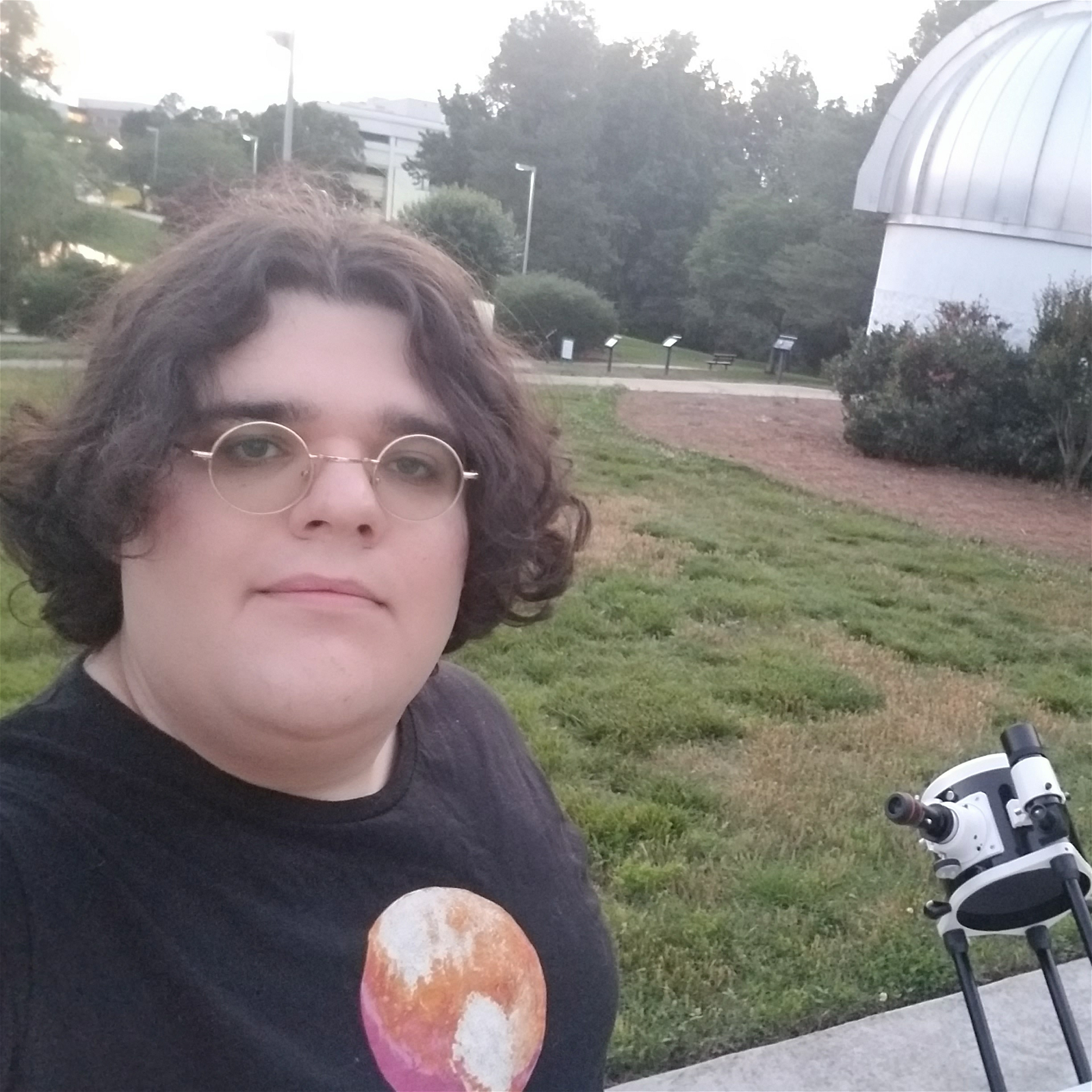
Luna Gregoria
Why Does TelescopicWatch Exist?
My first telescope was a relatively frustrating computerized 4” Maksutov-Cassegrain, which I got for Christmas as a kid. My parents were lulled into buying it by sponsored “reviews” and marketing that I sent to them, having fallen for it myself. While it wasn’t terrible, I had no idea what I was actually going to be able to do with it until I got to try out the telescope and was relatively disappointed by its lack of capabilities. This disappointment kept me from becoming more interested for a year or so until I got another telescope. While my situation wasn’t nearly as bad as receiving an outright “hobby killer”, I’d prefer nobody else has to go through the same experience when it can be avoided with honest and professional reviews and product recommendations.
My goal at TelescopicWatch is to provide accurate information on telescopes that’s free of embellishment or exaggeration, as well as informative content on the night sky and astronomy at large.
A lot of advertising for all sorts of products today is based on superlatives and attempts to take advantage of emotions. Telescopes, in particular, are often advertised with something other than actual capabilities, optical quality, etc. in mind, such as claims of outrageously high magnifications or leaning heavily into the computer technology bundled with the instrument. Likewise, a lot of sky guides are focused only on the “best” or showpiece objects that are well-known to amateurs or lack information on what it exactly is you are seeing at the eyepiece. I aim to solve this with my work.






